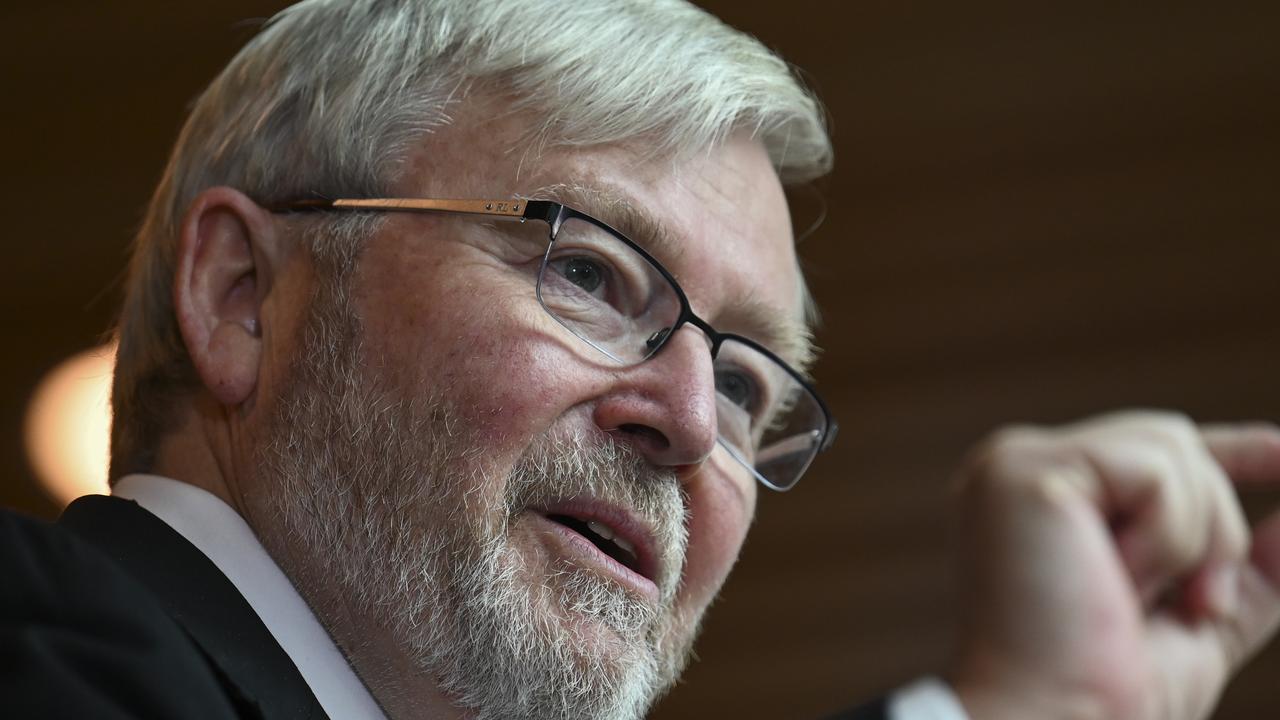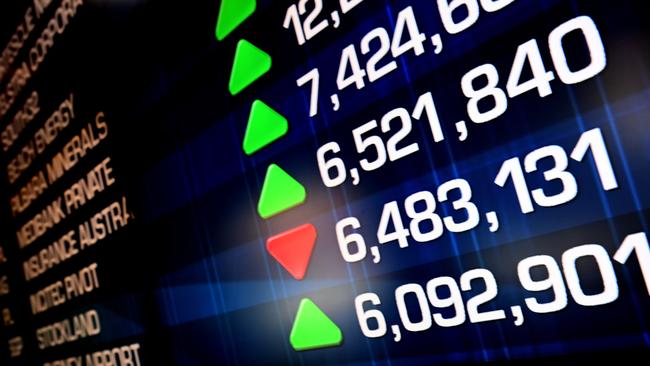
Money talks and in the surest sign of confidence, some of Australia’s biggest companies are looking through what is expected to be a tough period ahead and sending the excess cash back to investors.
This will involve billions of dollars in additional dividends being returned to shareholders in coming months, which is in stark contrast with broader fears about the economy stalling as surging interest rates take their toll.
The February profit reporting season has so far seen a greater proportion of ASX 200 companies increase their dividend over those choosing to either hold steady or cut payouts. Importantly the big dividend payers at the top end from Commonwealth Bank, CSL, Wesfarmers and Telstra have pushed through a dividend hike, adding to the cash pile going to investors.

The dividend strength shows Australian businesses are prepared to tilt the balance back to investors by passing higher costs back to customers following the Covid years where they were absorbing disruption costs. Some companies with a large proportion of retail investors were also looking to help these shareholders navigate higher inflation.
While dividends are a reflection of earnings over the past six months, they also send a message of what companies think is coming. Dividends are finalised by company boards after several weeks worth of trading after the accounts date – in this case December 31. A tough economic outlook would see boards take a more cautious approach to dividend payments to keep the balance sheet strong or at least use a bigger proportion of profit to pay down debt.
The coming few days will be a test with a third of the ASX 200 including Ampol, BHP, Rio Tinto, Woolworths, Scentre Group and BlueScope Steel preparing to deliver their own profit update.
CBA, which is often seen as a proxy for the Australian economy, has set the tone delivering a $1bn share buyback on top of a bumper 20 per cent hike in its interim dividend, which came in at a record $2.10. The bank is enjoying a rebound in profit margins after years of being squeezed when interest rates were next to zero. Importantly, CBA is not seeing any signs of stress across its massive lending book, which has given it confidence to release surplus capital.
Consumer confidence has fallen sharply to recessionary levels with households battling higher cash rates and multi-decade highs of inflation. But new figures from National Australia Bank’s closely watched business survey shows conditions started to pick back up in January after three months of pushing lower late last year.

The NAB survey released last week shows business confidence rebounded from very strong trading conditions over January, but both profitability and employment are also well above average.
Confidence was also helped by some easing in labour costs and overall supply chain pressures. However, companies were conscious of the impact of higher interest rates, which are expected to remain well into 2024.
CBA chief executive Matt Comyn tells The Australian while there are a number of risks building in the system, strength remains. As well as continued record low levels of mortgage arrears, the bank’s leading indicators such as credit card use gave it increasing confidence about activity through January.
“As we look forward clearly there are a number of risks more broadly, but we think they’re entirely manageable,” Comyn says. The banking boss points out that interest rate rises are felt differently across the economy.
While the year is becoming more challenging, the starting position for many households is still quite strong, he says.
CBA is still sitting on surplus funds even after a monster $6bn in buybacks in 2021. It was boosted by the sale of CBA’s wealth management and general insurance operations in recent years.
Quarterly financial updates from ANZ and NAB this month have also delivered the same message over lending arrears, which in both cases are trending down. These two banks rule off their accounts at the end of March.
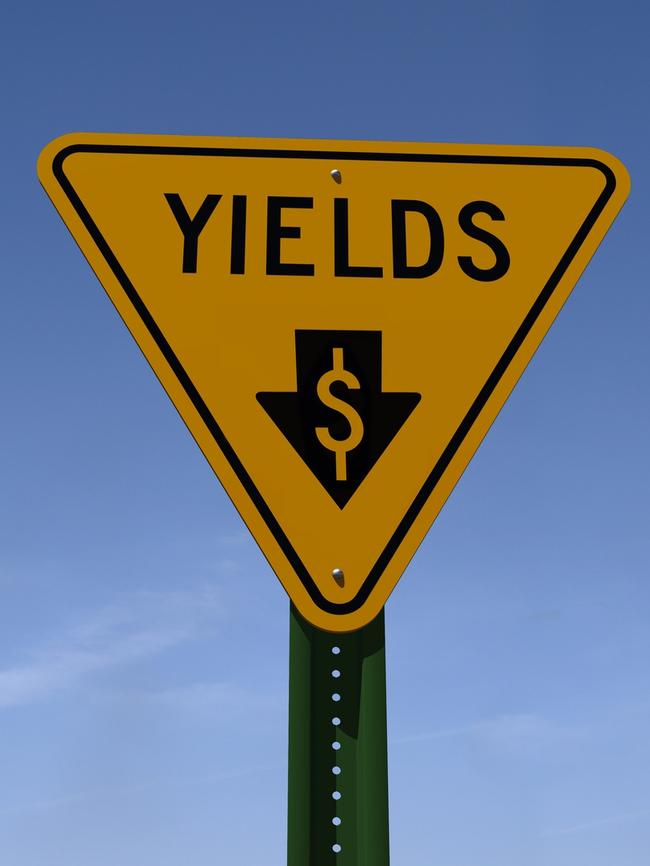
Others to pump up payouts through February include Computershare (up 25 per cent) and takeover target Newcrest, which doubled December half payments to 30 cents a share. AMP resumed dividend payments for the first time in nearly four years. Others include Super Retail Group (up 25 per cent) and JB Hi-Fi (up 21 per cent) and Suncorp (up 43.5 per cent). Even QBE hiked dividends sharply despite a period of high insurance payouts.
Bunnings and Kmart owner Wesfarmers for one pumped up its interim dividend 10 per cent to 88 cents a share. Wesfarmers chief executive Rob Scott says the coming six months would be economically challenging but believes there is resilience in the system. Trading across his retailing businesses for the first five weeks of the calendar year has seen consistent trading trends with the December half. Inflation and higher interest rates mean people are becoming more cost conscious, which is playing into Wesfarmers’ low-cost retail model. This means Wesfamers’ key brands, also extending to Target and Officeworks, are playing to their value credentials.
“There’s still a degree of resilience within the Australian economy. Importantly, we still have very low levels of unemployment. Virtually everyone that wants a job has got a job. We’ve also seen high levels of workforce participation. And I think that is a really important feature of the economy.
“While I think there’ll be a normalisation of spending, while people are meaningfully employed, they will still have the ability to spend on the key necessities,” Scott says.
Electronic goods retailer JB Hi-Fi called out some moderation in spending from the recent surge, but says sales remain at a healthy pace. Chief executive Terry Smart says signs of discounting, mostly for whitegoods, show a more normal retail environment.
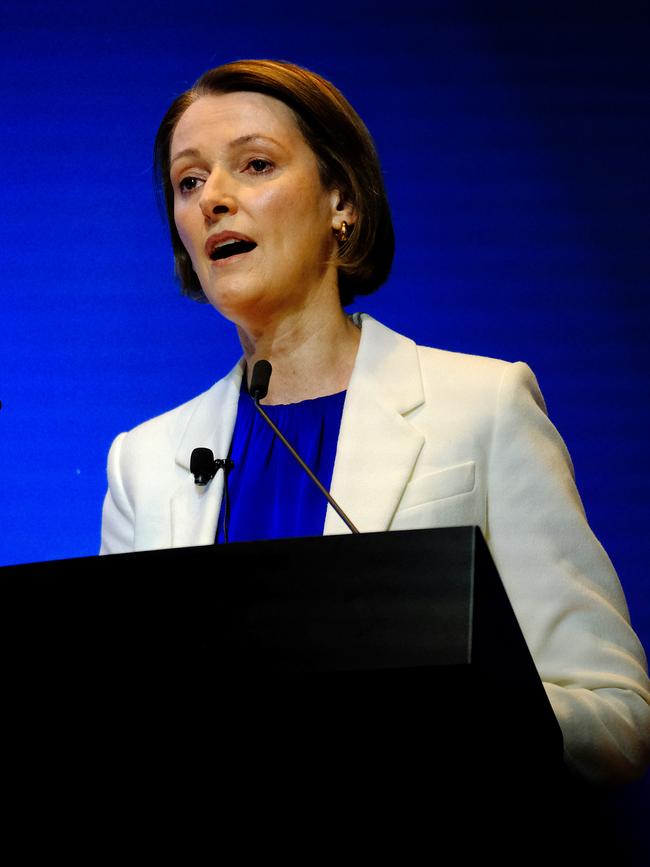
Telecommunications major Telstra increased its December half dividend for the first time in three years, paying its more than a million shareholders 8.5 cents a share, up 6.2 per cent.
Telstra chief executive Vicky Brady says she is closely watching for signs of inflationary pressures hitting consumers and business customers but this hasn’t hit their spend on telecommunications yet. The telco is also seeing good trends on payments showing underlying health. One shift is that consumers appear to be holding onto their older mobile handsets slightly longer, although Brady says this is an incremental increase.
Notable dividend cutters in recent weeks have largely been due to specific pressures or internal corporate issues. This includes Andrew Forrest’s Fortescue after iron ore prices pulled back from last year’s record levels and Magellan Financial following a collapse in funds under management. Energy companies Origin and AGL are grappling with higher input costs. Likewise South32 has seen a fall in its key commodities including coking coal, aluminium and copper.
‘Grey army’
Even with some signs of softening in the labour market, Wesfarmers’ Scott says the availability of workers remains tight. This has put even more focus on older Australians with more still to be done including pension relief to encourage older workers back into the workforce. Bunnings has long tapped older workers looking to top up or supplement incomes. The rise of service-focused jobs particularly in NDIS has paved the way for a return to work for older Australians.
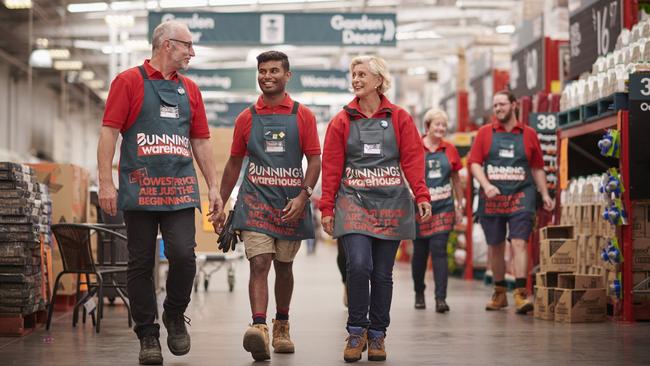
Older workers is one area where Treasurer Jim Chalmers could make a significant boost to the nation’s productive capacity in the May budget. This is also consistent with the Treasurer’s recent push for economic inclusion in his essay on “Capitalism after the crises”.
“We love having older, more experienced team members in Bunnings. They bring a lot of advice and expertise to our service proposition,” Scott says. “Not only is it good for the workforce and the economy, but it is good for people’s health and wellbeing.”
Australia’s workforce participation rate is currently at 66.5 per cent, just off the record high set late last year. Participation increased slightly following the Covid-19 pandemic, with the increase being driven by higher participation of women and older men. Wesfarmers is Australia’s biggest private sector employer with more than 114,000 workers.
johnstone@theaustralian.com.au




